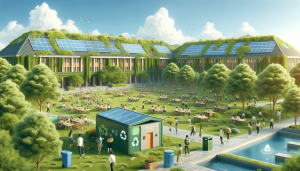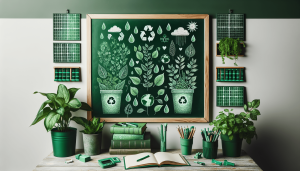Welcome to our exploration of the best resources for environmental education! In our interconnected world, understanding and caring for the environment is more important than ever. In this article, we dive into a treasure trove of resources designed to inspire and educate both young minds and seasoned eco-enthusiasts alike. From interactive websites and engaging documentaries to insightful books and hands-on activities, we’ve gathered the most effective and innovative tools out there. Join us as we empower ourselves and our communities to make a lasting impact on our beautiful planet. What are the best resources for environmental education? This is a question we often find ourselves pondering, especially given the importance of educating the next generation about our planet. With so many resources out there, where should we begin?
Environmental education is more important now than ever. Many of us are looking for ways to incorporate it into our lives, whether we’re parents, educators, or simply concerned citizens. In this article, we’ll dive deep into the best resources available, covering a range of platforms and tools that can make learning about the environment engaging and effective.
Why Environmental Education Matters
Climate Change and Environmental Awareness
We live in a world where climate change and sustainability are no longer just buzzwords; they’re critical issues that affect every one of us. Understanding these topics helps us make better decisions and inspires a sense of responsibility toward our planet.
Empowering the Next Generation
By arming our children and young people with knowledge, we empower them to be the change-makers of the future. They get to learn about biodiversity, ecosystems, and sustainable living, encouraging a lifelong commitment to protecting our earth.
Online Platforms for Environmental Education
Online platforms make learning accessible and flexible, catering to various age groups and learning preferences.
Khan Academy
Khan Academy offers free courses that cover a broad range of topics, including environmental science. The platform is user-friendly and provides comprehensive modules designed for both students and teachers.
Coursera and edX
Both Coursera and edX have a variety of environmental courses from top universities around the world. Whether it’s understanding renewable energy or exploring marine ecosystems, these platforms offer high-quality education from reputable sources.
National Geographic’s Education Resource Library
National Geographic’s Education Resource Library is a goldmine for environmental education. It includes lesson plans, activities, and interactive features that are extremely beneficial for both formal and informal education settings.
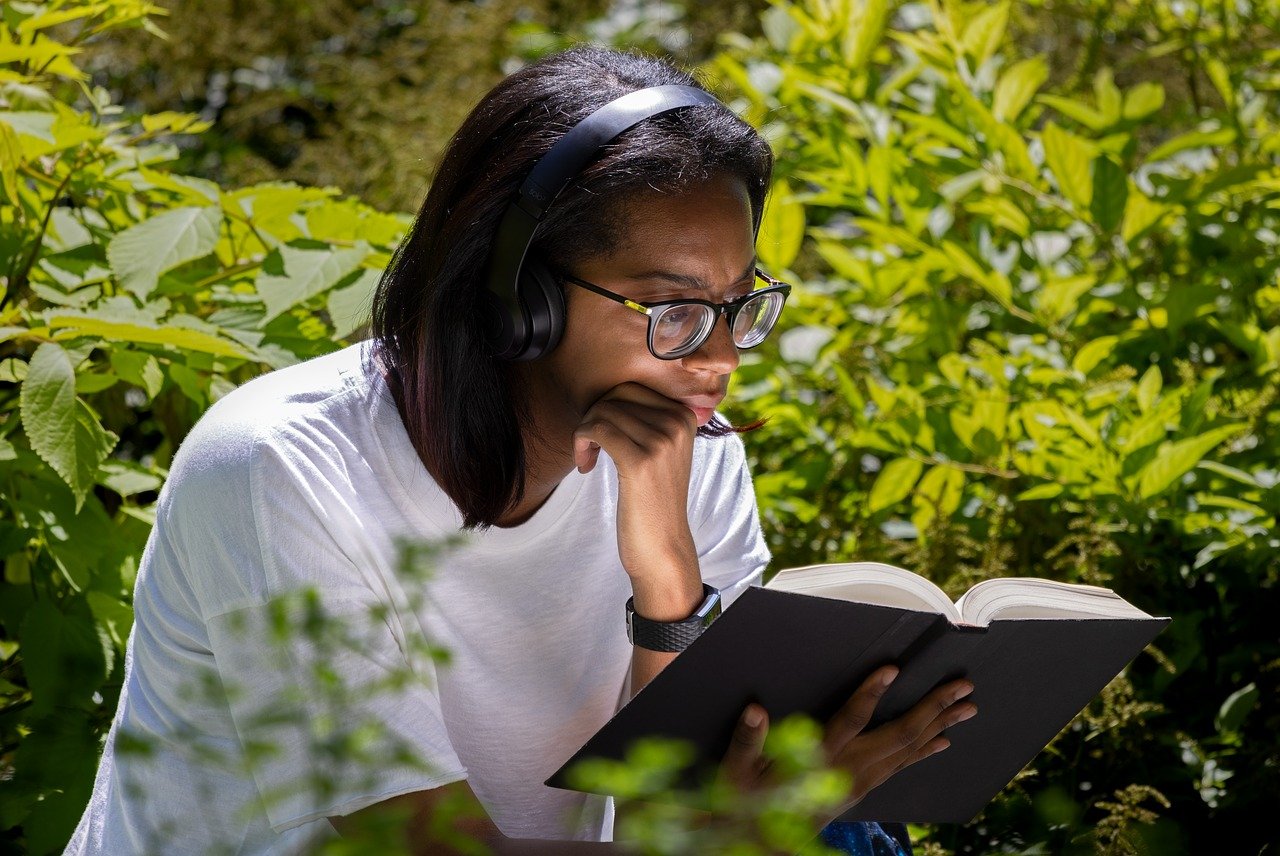
Books That Inspire Environmental Awareness
Books have always been an excellent way to educate and inspire. Here are some must-reads:
“Silent Spring” by Rachel Carson
This seminal work sparked the modern environmental movement. It’s a must-read for understanding the impact of pesticides and raising awareness about the need for sustainable practices.
“The Sixth Extinction” by Elizabeth Kolbert
This book provides a compelling examination of the ongoing biodiversity crisis, blending science and storytelling to highlight the urgency of conservation.
Children’s Books
Books like “The Lorax” by Dr. Seuss and “The Great Kapok Tree” by Lynne Cherry make complex environmental issues understandable and engaging for younger audiences.
Government and Non-Profit Organizations
Many organizations and governmental bodies offer valuable resources for environmental education.
Environmental Protection Agency (EPA)
The EPA provides an extensive list of teaching resources, lesson plans, and activity sheets aimed at different age groups. Their website is a treasure trove for educators looking to incorporate environmental topics into their curriculum.
Worldwide Fund for Nature (WWF)
WWF offers interactive tools, extensive reports, and educational materials designed to teach about biodiversity, climate change, and sustainability.
Green Schools Initiative
This organization focuses on making schools more sustainable and offers practical guides on how to integrate environmental education within school systems.

Interactive Tools and Apps
Today’s technology has given us many interactive tools and apps that make learning about the environment both fun and effective.
iNaturalist
This app helps budding naturalists learn more about the flora and fauna around them. Users can record observations and get assistance from a community of experts to identify plants and animals.
Earth School by TED-Ed
Earth School offers daily activities and educational videos on a wide array of environmental topics. It’s an engaging way to integrate quick learning sessions into your daily routine.
Pl@ntNet
Similar to iNaturalist, Pl@ntNet focuses on identifying plant species. It’s a great tool for anyone interested in botany or biodiversity.
Documentaries and Films
Visual media can be incredibly impactful in communicating environmental issues. Here are a few must-see documentaries:
“Our Planet”
Narrated by David Attenborough, this series dives deep into Earth’s diverse ecosystems, highlighting the beauty and fragility of our world.
“An Inconvenient Truth”
Former Vice President Al Gore’s groundbreaking documentary focuses on climate change and its far-reaching impacts. It’s a crucial watch for anyone interested in understanding the urgency of the issue.
“The True Cost”
This documentary sheds light on the fashion industry’s impact on the environment, making it an essential watch for anyone interested in sustainable living.
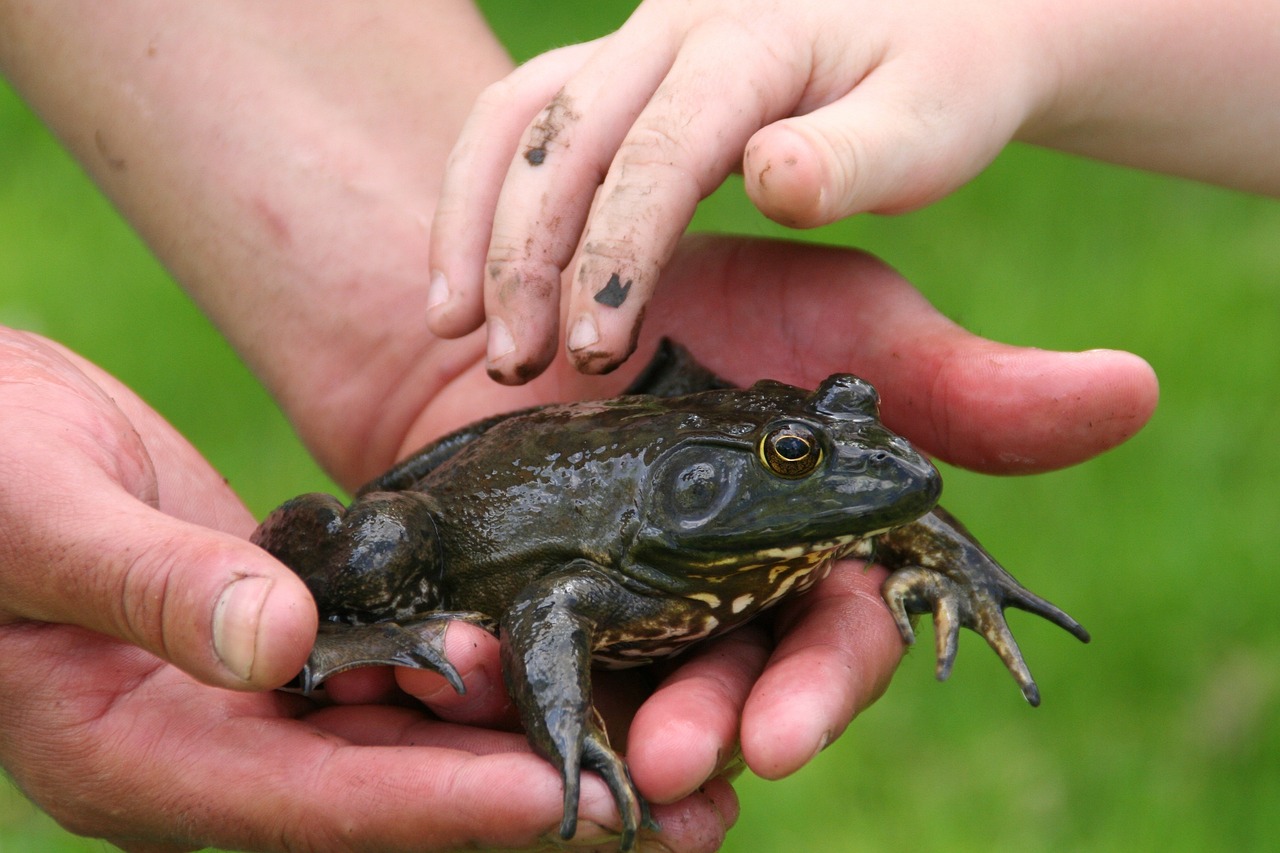
Curriculum and Lesson Plans
For educators looking for structured ways to introduce environmental topics into their classrooms, curriculum guides and lesson plans can be invaluable.
Project Learning Tree (PLT)
PLT offers a variety of curriculum guides and educational programs that aim to foster environmental literacy. With materials designed for students from pre-K through 12th grade, it’s a comprehensive resource.
Eco-Schools USA
Part of the National Wildlife Federation, Eco-Schools USA provides extensive lesson plans, activities, and projects aimed at promoting sustainable practices in schools.
The GLOBE Program
Sponsored by NASA, the GLOBE Program offers a science and education initiative that provides students with the opportunity to participate in data collection and the scientific process.
Games and Experiential Learning
Experiential learning can often leave a more lasting impact compared to traditional methods. Games and hands-on activities can make environmental education much more engaging.
Eco-Schools’ Apps and Games
The Eco-Schools program includes various apps and games that teach sustainability concepts in an interactive manner. These activities are designed to make learning fun, especially for younger audiences.
Energy Hog
This game designed by the Alliance to Save Energy teaches kids about energy efficiency in a fun, accessible way. It’s an excellent tool for making the concept of energy conservation more relatable.
Virtual Reality (VR) Experiences
VR experiences like “Tree” and “Coral Compass” immerse users in different environments, providing an emotional and educational perspective on environmental issues.
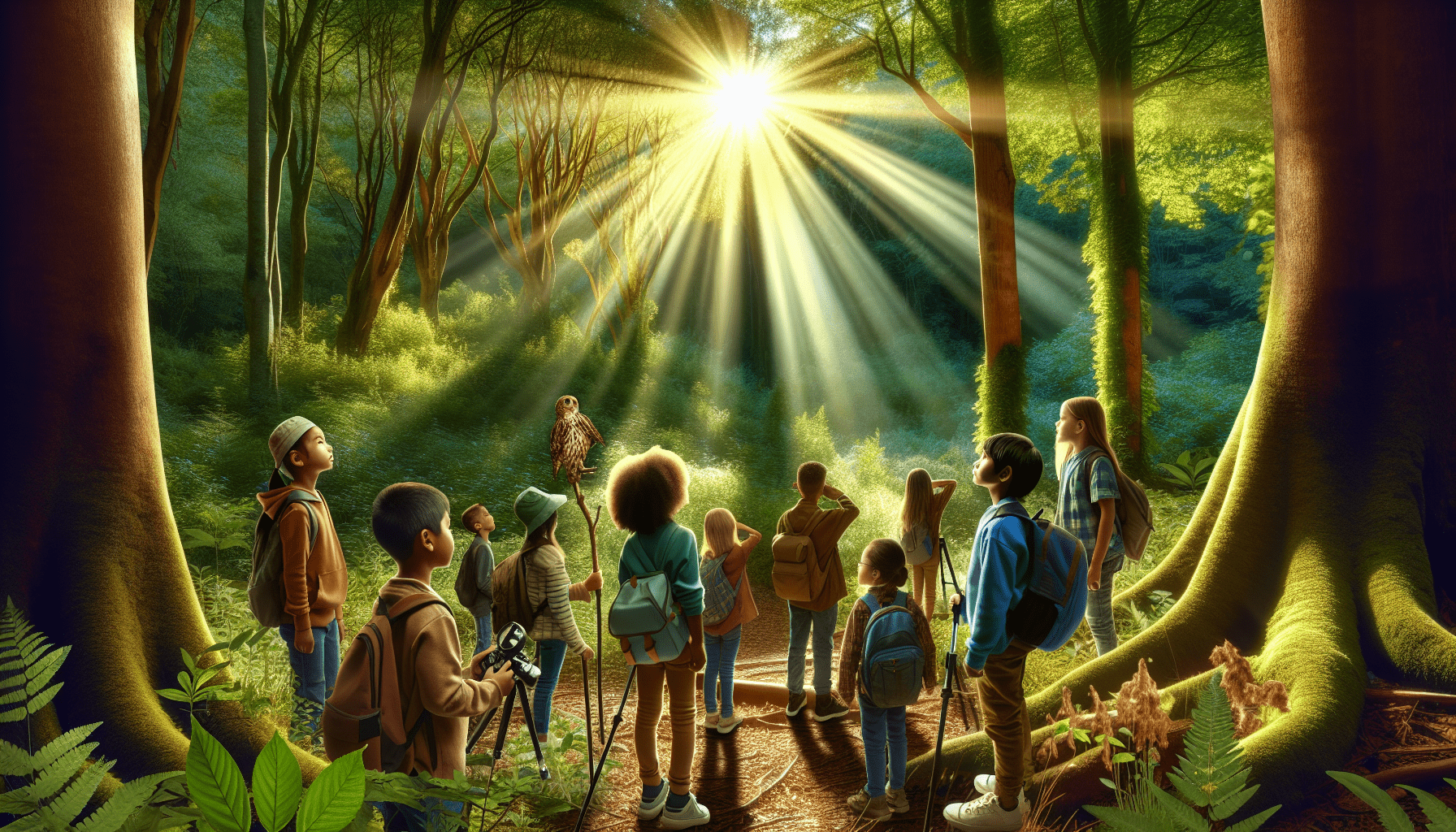
Community Programs and Workshops
Local initiatives can offer hands-on experience and make learning about the environment a community effort.
Master Gardener Programs
Offered by local cooperative extensions, these programs provide in-depth knowledge about plants, gardening, and sustainable practices. Participants often engage in community projects, further solidifying their learning.
Local Audubon Society Workshops
These workshops focus on bird-watching and conservation. They offer guided tours, hands-on activities, and educational talks that make learning more engaging.
Sierra Club’s Outings and Workshops
The Sierra Club offers various outings and workshops focused on environmental education. Activities range from nature hikes to community clean-ups, providing an excellent opportunity for experiential learning.
Tips for Incorporating Environmental Education in Daily Life
Even without structured resources, there are simple ways to incorporate environmental education into our daily routines.
Start a Home Garden
Starting a garden at home can teach valuable lessons about ecosystems, plant biology, and sustainability. It’s a hands-on way to understand the importance of nurturing our environment.
Reduce, Reuse, Recycle
Practicing the three Rs can be a teaching moment. Discussing the reasons behind recycling or reusing items can instill a sense of responsibility toward waste management and sustainability.
Nature Walks
Taking regular nature walks, whether in a local park or a nature reserve, can be an educational experience. Point out different plant species, observe wildlife, and discuss the importance of preserving these natural habitats.

Conclusion
In answering our initial question, “What are the best resources for environmental education?”, we’ve covered a broad spectrum of tools and materials that cater to various learning preferences and age groups. From online platforms and books to interactive tools, games, and community programs, there is no shortage of resources available.
Remember, environmental education is an ongoing journey. It’s about cultivating a lifelong curiosity and responsibility toward our planet. Whether we are educators, parents, or simply individuals who care about the future, committing to continuous learning can make a significant impact. Together, we can inspire change and foster a deeper connection to our environment for generations to come.


